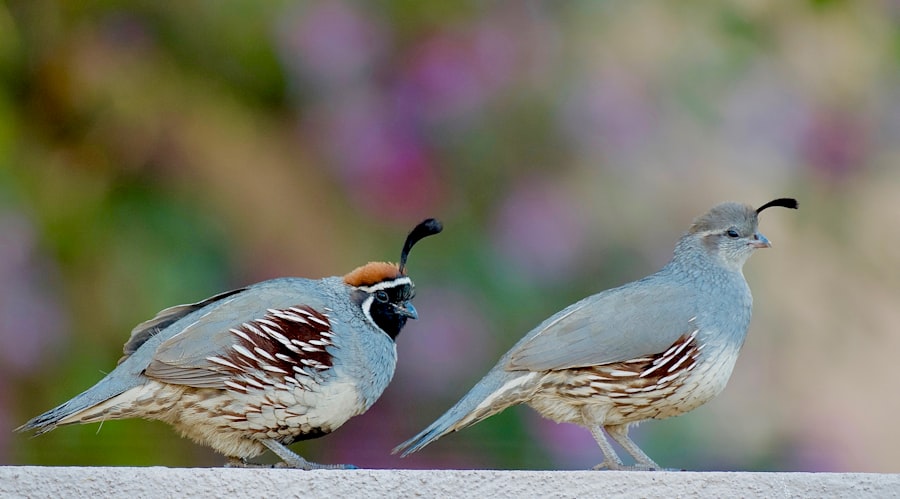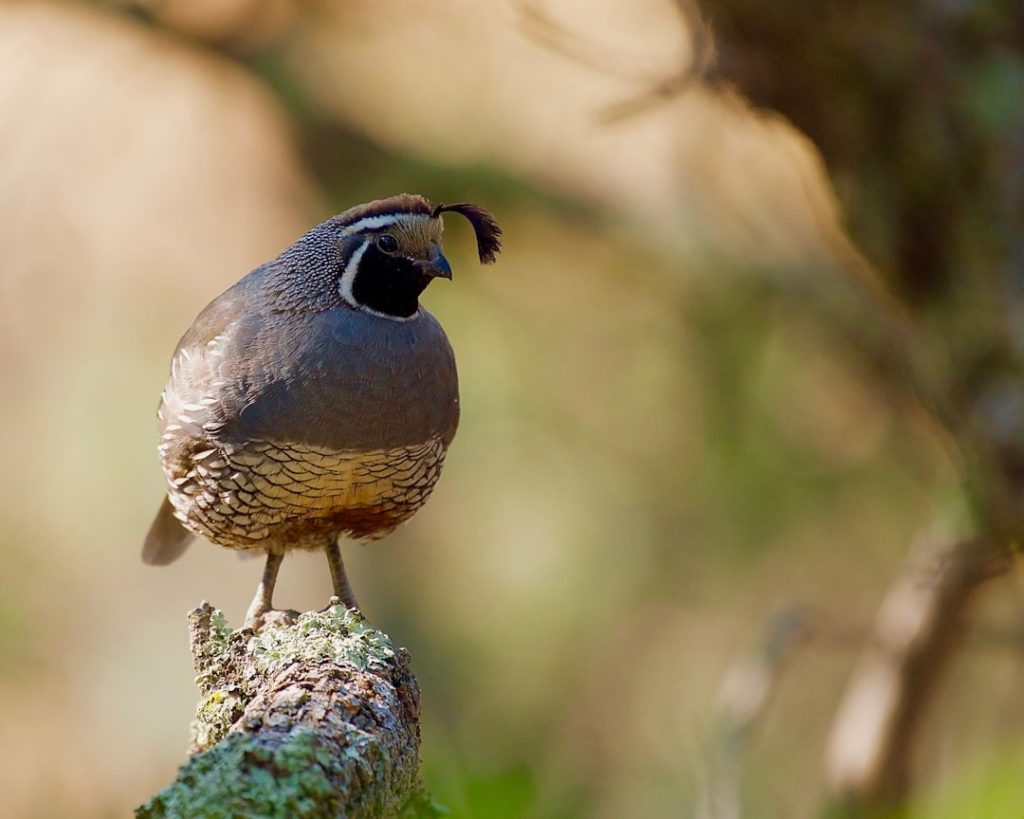Goliath quails, also known as Jumbo quails, are a popular breed of quail that are prized for their large size and delicious meat. They are native to Africa and are known for their rapid growth and high egg production, making them an ideal choice for breeders looking to raise quails for meat and eggs. Goliath quails are also known for their docile nature, making them easy to handle and manage, especially for beginners in quail breeding.
Breeding Goliath quails can be a rewarding and profitable venture for those who are willing to put in the time and effort to properly care for and manage their breeding stock. With the right knowledge and resources, breeders can successfully raise Goliath quails for meat and eggs, and even contribute to the conservation of this unique breed. In this article, we will explore the key aspects of Goliath quail breeding, including selecting breeding stock, housing and enclosure requirements, breeding and incubation process, caring for chicks and juveniles, health and disease management, and tips for successful breeding.
Table of Contents
Key Takeaways
- Goliath quail breeding is a rewarding and profitable venture for poultry enthusiasts.
- Select breeding stock with good health, size, and temperament to ensure successful breeding.
- Provide spacious and well-ventilated housing and enclosures for Goliath quail to thrive.
- Follow a carefully monitored breeding and incubation process to ensure high hatch rates.
- Properly care for chicks and juveniles by providing warmth, nutrition, and protection from predators.
Selecting Breeding Stock
Selecting the right breeding stock is crucial for successful Goliath quail breeding. When choosing breeding stock, it is important to select birds that are healthy, free from genetic defects, and have desirable traits such as large size, good egg production, and docile temperament. Look for birds that are active, alert, and have bright eyes and clean feathers. Avoid birds that appear lethargic, have disheveled feathers, or show signs of illness or injury.
It is also important to consider the genetic diversity of the breeding stock to prevent inbreeding and maintain the overall health and vigor of the flock. Avoid breeding closely related birds and aim to introduce new bloodlines into the flock periodically. Additionally, consider the age of the breeding stock, as older birds may have reduced fertility and reproductive performance. Aim to select birds that are in their prime reproductive age for optimal breeding success.
When selecting breeding stock, it is also important to consider the intended purpose of the quails, whether it is for meat production, egg production, or both. Choose birds that have the desired traits for the specific purpose, such as larger size for meat production or higher egg production for egg-laying purposes. By carefully selecting breeding stock with desirable traits and maintaining genetic diversity within the flock, breeders can set the foundation for a successful Goliath quail breeding program.
Housing and Enclosure Requirements
Proper housing and enclosure are essential for the health and well-being of Goliath quails. When setting up housing for Goliath quails, it is important to provide adequate space to accommodate the number of birds in the flock. The housing should allow for natural behaviors such as dust bathing, scratching, and perching. A well-ventilated and well-lit environment is also important to ensure good air quality and prevent respiratory issues.
The enclosure should be secure to protect the quails from predators such as rats, snakes, and birds of prey. Use sturdy wire mesh or fencing to create a predator-proof enclosure that is also resistant to burrowing animals. Additionally, provide shelter within the enclosure to protect the quails from extreme weather conditions such as heat, cold, wind, and rain.
Quails are ground-dwelling birds that prefer to stay close to the ground, so the enclosure should have a solid floor with a layer of bedding such as straw or wood shavings to provide a comfortable surface for the birds. The bedding should be regularly cleaned and replaced to maintain cleanliness and prevent the buildup of waste and ammonia fumes.
In addition to the main housing structure, provide separate areas for nesting, egg-laying, and brooding. Nesting boxes or areas with suitable nesting materials should be provided to encourage natural nesting behavior in the quails. A separate brooding area with a heat source such as a heat lamp or heating pad is essential for raising chicks. By providing proper housing and enclosure requirements, breeders can create a safe and comfortable environment for their Goliath quails to thrive.
Breeding and Incubation Process
The breeding and incubation process is a critical stage in Goliath quail breeding that requires careful management and attention to detail. To encourage successful breeding, ensure that the male-to-female ratio is balanced within the flock. A ratio of one male to four or five females is recommended to prevent over-mating and aggression among the males.
During the breeding season, observe the behavior of the quails for signs of mating activity such as males displaying courtship behavior towards females. Provide suitable nesting areas with nesting materials such as straw or hay to encourage natural nesting behavior in the females. Collect eggs regularly to prevent them from being damaged or eaten by other birds in the flock.
Once the eggs are collected, they can be incubated using an incubator or natural brooding methods. Maintain proper temperature and humidity levels in the incubator to ensure optimal conditions for embryo development. Turn the eggs regularly to prevent the embryos from sticking to the shell membrane and facilitate even heat distribution.
For natural brooding, provide broody hens or use a dedicated brooding area with a heat source to incubate the eggs. Monitor the brooding hens or incubator regularly to ensure that the eggs are being properly cared for and maintained at the correct temperature and humidity levels.
After an incubation period of approximately 17-18 days, the eggs will hatch, and chicks will emerge. Transfer the newly hatched chicks to a brooding area with a heat source and provide them with access to water and chick starter feed. By carefully managing the breeding and incubation process, breeders can maximize hatch rates and successfully raise healthy Goliath quail chicks.
Caring for Chicks and Juveniles
Caring for Goliath quail chicks and juveniles requires attention to their specific needs for optimal growth and development. Provide a brooding area with a heat source such as a heat lamp or heating pad to maintain a temperature of around 95-100°F during the first week of life. Gradually reduce the temperature by 5°F each week until it reaches room temperature.
Chicks should have access to clean water and chick starter feed from day one. Use shallow waterers to prevent drowning accidents, and provide chick starter feed that is high in protein (around 24-28%) to support rapid growth and development. Monitor the chicks regularly to ensure that they are eating, drinking, and behaving normally.
As the chicks grow into juveniles, gradually introduce them to a balanced diet that includes grower feed with lower protein content (around 20-24%) to support steady growth without excessive weight gain. Provide access to grit or coarse sand to aid in digestion as well as fresh fruits and vegetables as treats to supplement their diet.
Monitor the health of the chicks and juveniles regularly for signs of illness or injury. Quarantine any sick or injured birds to prevent the spread of disease within the flock. By providing proper care and nutrition for Goliath quail chicks and juveniles, breeders can ensure that they grow into healthy adults with optimal reproductive performance.
Health and Disease Management

Maintaining good health and preventing disease is essential for successful Goliath quail breeding. Practice good biosecurity measures by keeping the housing and equipment clean and disinfecting them regularly to prevent the spread of pathogens. Quarantine new birds before introducing them into the flock to prevent the introduction of diseases.
Monitor the flock regularly for signs of illness such as lethargy, decreased appetite, respiratory issues, diarrhea, or abnormal behavior. Seek veterinary care if any birds show signs of illness or injury for proper diagnosis and treatment.
Provide a balanced diet with essential nutrients such as protein, vitamins, minerals, and clean water to support overall health and immune function in the quails. Avoid overcrowding in the housing area to reduce stress and prevent disease transmission among the birds.
Preventative measures such as vaccination against common diseases can also be considered based on recommendations from a poultry veterinarian. By practicing good hygiene, monitoring bird health regularly, providing a balanced diet, and seeking veterinary care when needed, breeders can effectively manage health and prevent disease in their Goliath quail flock.
Tips for Successful Goliath Quail Breeding
Successful Goliath quail breeding requires careful planning, management, and attention to detail. Here are some tips for breeders looking to achieve success in Goliath quail breeding:
1. Plan ahead: Establish clear goals for your breeding program whether it is focused on meat production, egg production, or conservation of rare bloodlines.
2. Select quality breeding stock: Choose healthy birds with desirable traits such as large size, good egg production, and docile temperament.
3. Provide proper housing: Create a secure and comfortable environment with adequate space, ventilation, lighting, bedding, nesting areas, and brooding areas.
4. Manage breeding and incubation: Maintain balanced male-to-female ratios within the flock, provide suitable nesting areas, collect eggs regularly, and manage incubation conditions carefully.
5. Care for chicks and juveniles: Provide a brooding area with a heat source, access to water and chick starter feed from day one, monitor their growth regularly, and provide a balanced diet as they grow into juveniles.
6. Manage health and prevent disease: Practice good biosecurity measures, monitor bird health regularly, provide a balanced diet with essential nutrients, avoid overcrowding in housing areas, consider preventative measures such as vaccination based on veterinary recommendations.
By following these tips and implementing best practices in Goliath quail breeding, breeders can achieve success in raising healthy quails for meat production, egg production, or conservation purposes. With dedication and proper management, Goliath quail breeding can be a rewarding venture that contributes to sustainable poultry production and conservation efforts.
If you are interested in learning more about poultry breeding, you may also want to check out this article on turning a shed into a chicken coop. This article provides helpful tips and advice for creating a suitable living space for your chickens, which can be useful for anyone looking to start their own poultry breeding operation.
FAQs
What is goliath quail breeding?
Goliath quail breeding refers to the process of raising and breeding goliath quails, which are a species of large, ground-dwelling birds native to Africa. This process involves creating suitable living conditions, providing proper nutrition, and managing the breeding and hatching of quail eggs.
What are the key considerations for goliath quail breeding?
Key considerations for goliath quail breeding include providing a suitable habitat with proper temperature and humidity, offering a balanced diet rich in protein and nutrients, and managing the breeding process to ensure successful hatching and healthy offspring.
What are the benefits of goliath quail breeding?
Goliath quail breeding can provide a sustainable source of meat and eggs for consumption. Additionally, breeding goliath quails can contribute to conservation efforts for this species and provide opportunities for commercial production and sale of quail products.
What are the challenges of goliath quail breeding?
Challenges of goliath quail breeding may include maintaining optimal environmental conditions, managing breeding and hatching processes, preventing disease and parasites, and ensuring proper nutrition for the quails.
What are the legal considerations for goliath quail breeding?
Legal considerations for goliath quail breeding may include obtaining necessary permits or licenses for breeding and selling quails, adhering to regulations for animal welfare and biosecurity, and complying with local, state, or national laws related to wildlife conservation and trade.
Meet Walter, the feathered-friend fanatic of Florida! Nestled in the sunshine state, Walter struts through life with his feathered companions, clucking his way to happiness. With a coop that’s fancier than a five-star hotel, he’s the Don Juan of the chicken world. When he’s not teaching his hens to do the cha-cha, you’ll find him in a heated debate with his prized rooster, Sir Clucks-a-Lot. Walter’s poultry passion is no yolk; he’s the sunny-side-up guy you never knew you needed in your flock of friends!







